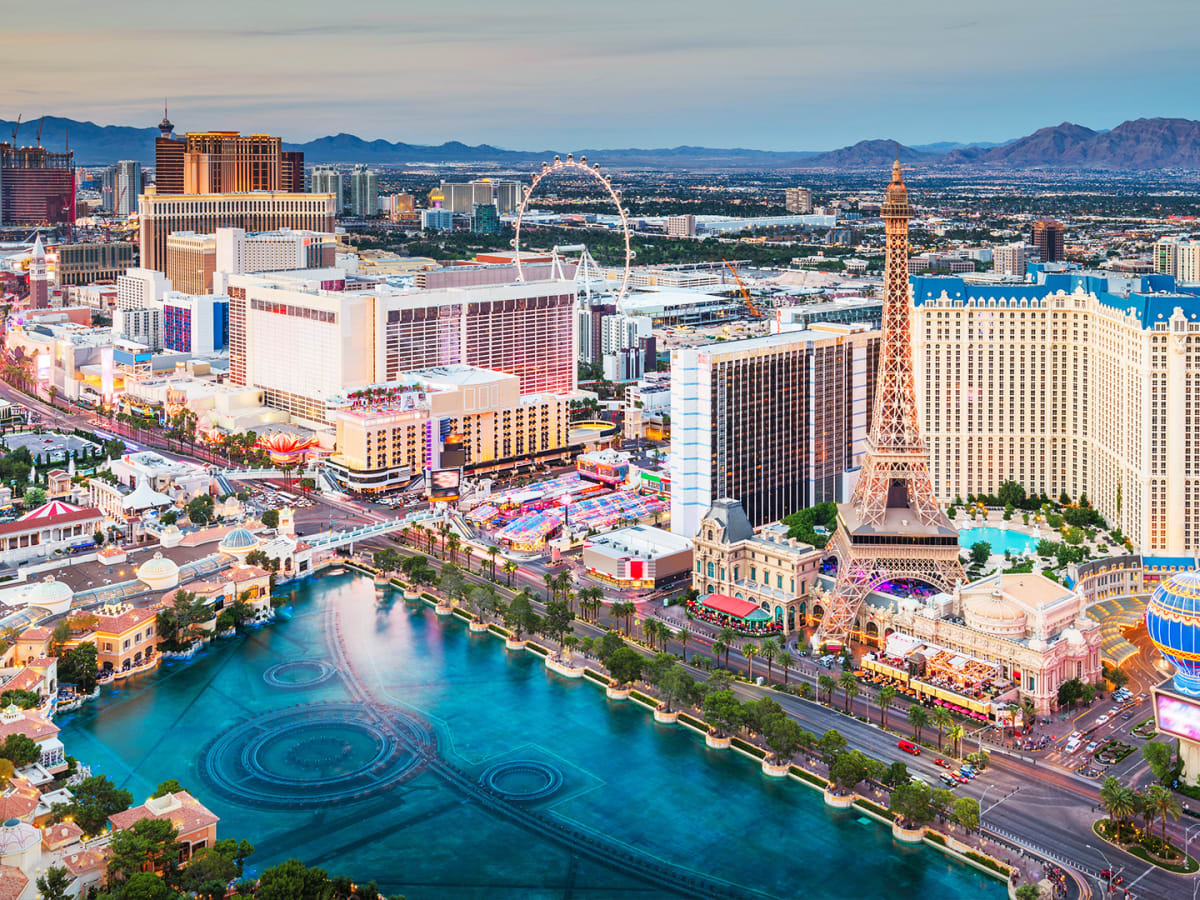Climate change and revealed preference

When will climate change become real for Americans? Because it isn’t yet, at all:
Americans are responding to these forecasts by moving in large numbers to some of the hottest, driest, and most vulnerable parts of the country.
According to an analysis published earlier this month by the Economic Innovation Group, 10 of the 15 counties last year were in the water-strained Southwest. Since 2012, an additional 2.8 million people have moved to counties that spent the majority of the past decade under “severe” to “exceptional” drought conditions.
Leading the way in growth was Maricopa County in Arizona, home to Phoenix, a desert metropolis that receives more sunshine than any other major city on Earth — and averages more than 110 days with highs of at least 100°F. Average temperatures in Phoenix are already 2.5°F hotter than they were in the middle of the last century, which helps explain why there were 338 heat-associated deaths last year in Maricopa County.
Despite that — and despite worse to come — the population in Maricopa increased by 14 percent over the last decade, to nearly 4.5 million people. A similar pattern is at work in states like Florida and South Carolina that experience high storm and flood risk, or in states like Colorado and Idaho that face major wildfire risk. Altogether, according to an analysis from the real-estate site Redfin, the 50 US counties with the largest share of homes facing high climate and extreme weather risk all experienced positive net migration on average between 2016 and 2020.
On the flip side, the 50 US counties with the biggest share of homes facing the lowest climate and extreme weather risk, like Onondaga County in upstate New York, largely experienced net negative migration during the same years on average.
This bears repeating: Faced with growing costs from extreme weather disasters and the certain reality of a warmer and more disrupted future, Americans have been responding by not only moving toward riskier areas, but also moving away from safer ones.
Why is this happening?
(1) The future cost of climate change simply isn’t priced in to the current cost of housing; and
(2) Americans to this point don’t even pretend to actually care about climate change (There’s a reason the Inflation Reduction Act was called that and it’s pretty sobering).
Gallup regularly polls Americans about what they consider to be the most important problem facing the country. In July, 3 percent of Americans polled said that “environment/pollution/climate change” was the most important problem, behind inflation, the government, abortion, immigration, racism, crime, and high oil/fuel prices, among other concerns. And while the most important issues tend to fluctuate based on what’s happening in the news, climate change has consistently ranked fairly low.
The slow-boiling frog is supposed to be a metaphor, but in this case it’s closer to a literal description.
As to what can be done about getting public opinion to start aligning at least a little bit with the severity of a crisis that is very much already here and getting worse every year, well that’s what the comment section at a top 100 political science blog is for.


